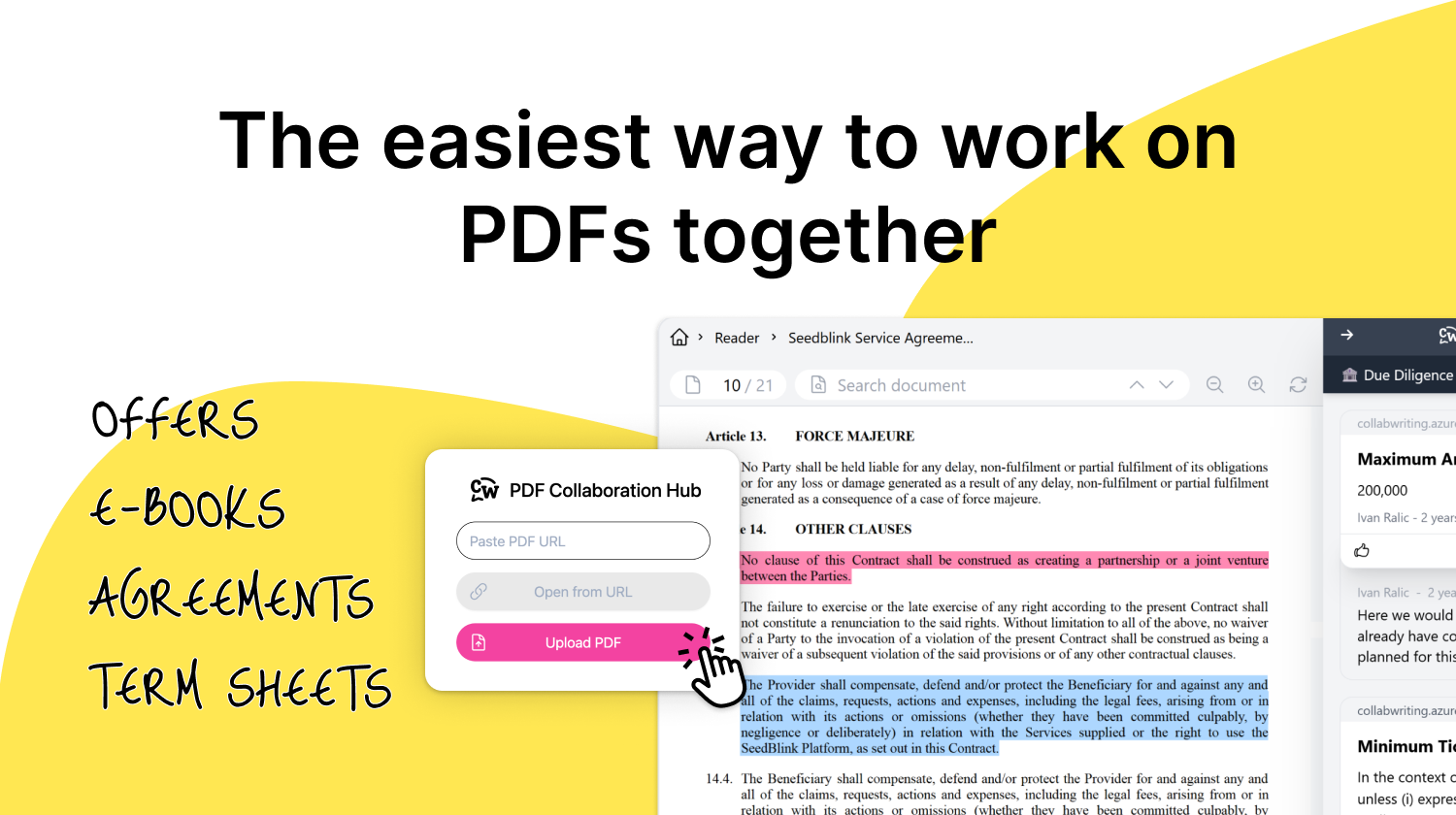While we often focus on creating and exchanging knowledge, that's not where knowledge management should stop.
The best practice is to divide it into 6 stages: Prioritize, Audit, Capture, Curate, Deliver, and Optimize.
1. Prioritize - Focus on Critical Knowledge
The initial step in the process of knowledge management is to prioritize the knowledge we want to keep for the long run.
Not all information needs to be saved.
Prioritize only the knowledge that supports critical decisions and day-to-day work. Think about which insights your team uses most often or struggles to find. Label this information based on urgency or frequency of use.
A simple system like “High priority,” “Useful reference,” or “Nice to know” can help make knowledge easier to retrieve when it’s needed most.
2. Knowledge Audit (a.k.a. Knowledge Identification)
A knowledge audit, sometimes referred to as knowledge identification, is the process of reviewing the knowledge your team already has and spotting what’s missing.
According to Gartner, it’s “a formal determination and assessment of how and where knowledge is used in business processes.”
Here’s how to do it:
- Review existing information related to the categories you previously prioritized
- Identify missing knowledge by spotting common questions or repeated gaps across your team
This step helps you avoid reinventing the wheel and ensures your efforts focus on what’s truly needed.
3. Capture - Collect and Acquire Critical Knowledge
Knowledge capture, also known as knowledge acquisition, is the third step in the knowledge management process.
This stage focuses on gathering essential information from all relevant internal and external sources.
The knowledge must be accurate, up to date, and reliable. Outdated or incorrect data can lead to poor decision-making.
There are two main actions in this step:
- Knowledge discovery: Identifying and collecting existing useful knowledge from within the organization (e.g., documents, tools, expert insights).
- Knowledge creation: Generating new information to fill the gaps revealed during the knowledge audit phase.
Effective knowledge capture ensures that your team has access to the right information when it matters most.
4. Curate and Organize - Structure Knowledge Effectively
Once critical knowledge is captured, it must be curated and structured to ensure easy access and future usability.
- Organize with purpose
Knowledge should be classified, categorized, indexed, and described in a way that aligns with how teams actually work, not just along departmental lines. Structure it based on workflows, use cases, or strategic priorities.
- Verify and refine
Evaluating stored knowledge is essential. It must be accurate, current, complete, and consistent. Remove anything that’s outdated, redundant, or irrelevant to keep your knowledge base clean and reliable.
5. Deliver - Share Knowledge When and Where It's Needed
Once you have captured and curated the knowledge, the next step in the process is to make the knowledge available.
- Knowledge Application: Pull and Push
This is often referred to as knowledge application. The information should be available to everyone actively seeking the information (pull on demand), but also to everyone who could benefit from it (proactive push).
- Preventing Knowledge Loss
Knowledge management processes that communicate knowledge will ensure that knowledge does not disappear from the organization's memory.
- Applying Knowledge in Practice
A comprehensive utilization of knowledge includes answering questions, making decisions, improving processes, and analyzing the knowledge itself.
A good knowledge management system (KMS) helps teams organize and validate knowledge. It’s used to streamline all information found through previous phases and is usually implemented in the form of a software solution that makes the information more structured and searchable.
If you use a KMS to deliver knowledge, there are several things it can provide teams with:
- It can facilitate the delivery of information to the right people at the right time. The KMS can personalize content based on roles, personas, channels, and context.
- Role-based portals make knowledge accessible to different user groups, such as team leaders, knowledge managers, or partners.
- Knowledge can be flagged to ensure it is appropriate for a particular channel or for a particular use.
- Contextual information can be displayed to users so that, for example, new hires receive different information than more experienced members of the team.

6. Optimize - Improve Knowledge Value with Analytics
A modern knowledge management system (KMS) that integrates machine learning and advanced analytics can significantly enhance the value of your organizational knowledge.
Areas that can be optimized include:
- Recognizing user intent
Understanding what users are really searching for allows the system to deliver the most relevant and context-specific answers. - Measuring Knowledge Effectiveness
By collecting feedback and analyzing user interactions, you can monitor how well the information meets users’ needs and continuously improve content quality. - Identifying Knowledge Gaps
Analytics help spot missing information either directly - by asking users if their issue was resolved or indirectly by tracking user behavior and search patterns. - Evaluating Knowledge Impact
Use data to assess if your knowledge base addresses the most common questions and how it influences important business outcomes.
Optimizing knowledge management with analytics ensures your team always has access to relevant, actionable, and up-to-date information.
🎁 Bonus - Don't overengineer it
When building your knowledge management process, it’s important to start small.
A simple FAQ in tools like Notion, Google Docs, or a lightweight platform like Collabwriting can be incredibly effective if it is:
- Searchable - easy for everyone to find the information they need
- Updatable - kept current with the latest knowledge and insights
- Collaborative - allowing team members to contribute and improve content
You don’t need to implement all advanced steps at once. Understanding the options for enhancing your knowledge’s value is what truly matters for long-term success.

Collabwriting - Shareable Notes on Web Pages and PDFs
Collabwriting allows you to gather all your online sources in one place. Just highlight, save, and collaborate with anyone on any content you find online.
Starting simple, whether with common tools or dedicated platforms like Collabwriting, can transform how you collect, organize, and use knowledge from day one, setting a strong foundation for future growth and better decision-making.






![The Best Tool for Collaborative Research in Content Marketing Teams [2026]](/content/images/2025/12/image--5-.png)

![5 Tools Marketers Use to Organize Research - Compared [2026]](/content/images/2025/11/cover-4-1.png)

![Build Credibility in Research: Smart Way to Verify Information and Track Sources Easily [2025]](/content/images/2025/10/covers-for-blog--7--1.png)

![How Marketers Can Turn LinkedIn Content into Collaborative Research [2025]](/content/images/2025/10/covers-for-blog--8-.png)
![Best Readwise Alternative for Personal & Team Research [2026]](/content/images/2025/09/Frame-814--3-.png)

